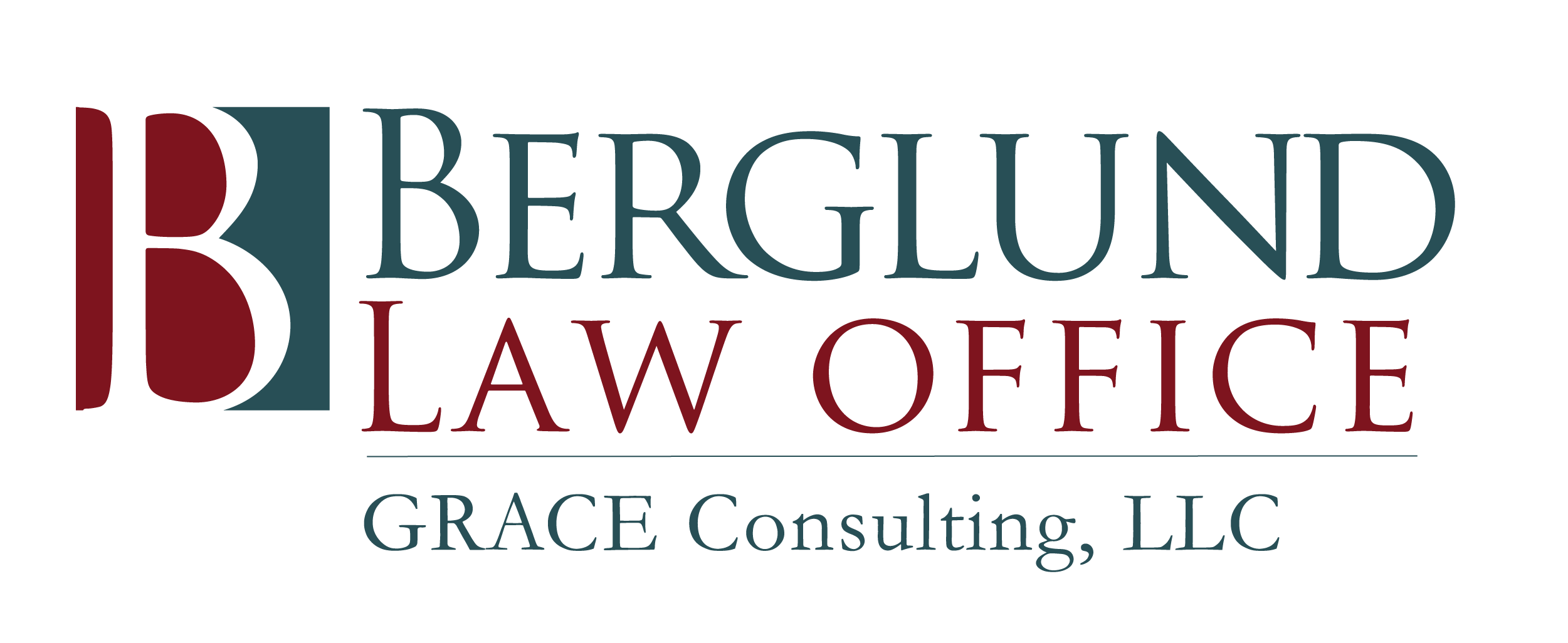
In many cases—particularly following the real estate crash of 2008– the loans that were supposed to help seniors stay in their homes in fact pushed them out.
Some lenders aggressively pitched reverse mortgage loans to seniors who were not able to afford the significant fees associated with them. In addition to these fees, the borrowers are also responsible for keeping property taxes and homeowner’s insurance current and keeping up with the maintenance and upkeep of their homes.
Some lenders made false promises that the loans were “free money” that borrowers could use to finance retirement adventures they long dreamed about such as travel, cruises, and more– without clearly explaining the risks and costs involved.

During the past decade, as the vast “Baby Boom” generation heads into retirement and more seniors are faced with little or no savings, the Consumer Financial Protection Bureau has implemented new rules that require better disclosure for consumers and stricter supervision of lenders. Brokers earn higher fees on these reverse mortgage loans than “regular” mortgage loans. Brokers earn even more money when they sell the loans into the secondary market. In the secondary market, brokers can garner rates nearly double those for variable loans (according to rate sheets obtained by the consumer bureau).
Two current market trends may cause many seniors to consider reverse mortgage options:
- Rising Home Values= Increased Equity:
- First, in the past decade real estate equity has grown enormously as home prices have risen (real estate equity is generally defined as the value of a home less outstanding mortgage balances. While not all homeowners have benefited from rising prices, millions have);
- As of 2019’s third quarter, the Federal Reserve estimated that American homeowners had nearly $18.7 trillion in real estate equity;
- Much of this real estate equity is held by seniors (the latest estimate from the National Reverse Mortgage Lenders Association (NRMLA) is that seniors currently own over $7 trillion in real estate wealth).
- Decreased Mortgage Rates: Mortgage rates have fallen through the floor the past couple of years. According to Bankate, the national average rate for fixed-rate, 30-year financing in March 2020 fell to 3.56 percent. Black Knight estimates that as many as 11.1 million homeowners may consider refinancing their mortgages or getting reverse mortgages to take advantage of these low rates.
